
Odds are that you’ve stumbled across mention of a “convection” oven, whether while preparing a roast chicken recipe, reading a cookbook from a European chef, even warming some frozen Trader Joe’s appetizers for a stay-at-home cocktail hour. Maybe you’ve heard that it cooks things faster, and who doesn’t like that, right? Or maybe your oven has this curious little fan button on it but you’ve never known why you’d use it? Knowing when and how to use convection properly can make or break many recipes, and we’ve got the dos and don’ts of convection cooking.
What’s the difference between a convection oven and a regular oven?
A regular oven functions with radiant heat: an electric coil or flame lives at the bottom of the oven and is its heat source. Since heat naturally rises, many cooks notice there are particular parts of their oven where heat congregates, especially near the top. These hot spots, little purgatory zones prone to overcooking and burning food, are unavoidable. A common example is how certain cookie recipes insist on swapping the upper and lower pans halfway through baking. With some exceptions, the best place to get consistent results in a conventional oven is smack dab in the middle, a “Goldilocks Zone,” if you will, where the temperature isn’t too hot or too cold, which is in fact how our very own chocolate chip cookies, featured in The New York Times, are made.
While this approach might be fine for a home baker with lots of time, no bakery worth their salted caramel could survive making a sheet at a time, and this is where the convection oven comes into play. Also known as “fan-assist” or “fan ovens,” a convection oven contains a fan, usually mounted in the back wall, that circulates air to combat the heat stratification in a regular oven, resulting in a larger “Goldilocks Zone” where you can bake more cookies.
Convection technology has been around for more than half a century, getting its start during World War II when William L. Maxson invented the “Maxson Whirlwind Oven,” a fan-assisted portable oven that could heat six meals at once in half the time. These little ovens were used by the Navy Air Transport Service when moving servicemen and women across the Atlantic, and these aluminum “sky plates” were the great-grandparents to modern day TV-dinners. While Maxson’s company disbanded after his death in 1947, the concepts behind it were improved upon and brought to the commercial market in the late 1960s. Home cooks were eager for any opportunity to cut down on cooking time, and it has become an essential feature in many modern ovens.
Beyond evening out the internal temperature, the moving air also serves to increase the heat transfer rate to the food and wicks away moisture, similar to how the Santa Ana winds in Southern California dry up the hillsides before brushfire season. As a result, you’ll see better browning and crispier exteriors on things like roasted vegetables and choux pastry. This same concept is the driving force behind air fryers, just with significantly lower wind speeds.
What you need to know before using a convection oven
However, with great heating power comes…well, a lot of new rules and guidelines. First, it’s always important to read your recipe and see what kind of oven, temperatures, and times are specified in your recipe. Most recipes default to conventional oven temperature and timings, and require the home cook to make the needed adjustments.
As a general rule of thumb when making a standard recipe in a convection oven, you’ll want to lower the oven temperature approximately 20 to 25°F (11 to 14°C), otherwise you may find things over-brown on the exterior before fully cooking through to the center. Additionally, plan to check your food for doneness earlier than called for, as this higher heat transfer rate tends to cook foods faster. This might mean only a minute earlier for a cookie recipe although it could translate to 15 to 20 minutes earlier for things that require longer baking times, like roast chicken or a homemade pie.
Using this standard temperature adjustment and checking for doneness earlier than expected will lead you to success in most cases, but, similar to spelling rules in the English language, there are exceptions to everything. Except with a convection oven, it’s for good reason!
Additionally, there are some other critical things to keep in mind as you cook with convection:
Don’t block the fan
This perhaps shouldn’t have to be explained since the entire premise of convection ovens hinges on air circulation, but it’s something we don’t always think about when in a hurry. Don’t slide a high-sided roaster with a 25-pound turkey up against the fan and wonder why it’s dried to a crisp on one side and pale on the other. Make sure big items are far enough away from the vent so air can freely move around them. You’ll get the best results with low-sided pans (hello, sheet pan suppers!) and other things that don’t obstruct airflow.
Secure your parchment paper or aluminum foil
Flimsy, lightweight items such as parchment and foil can act like a boat sail, catching the gust of air and flapping all over the place, disturbing what’s on your baking sheet or blowing over and baking into the top of your tray of brownies if using a parchment paper sling for easy removal from the pan. Consider using an oven-safe metal utensil to weigh down the edge of the parchment nearest the fan when using a sheet pan or, in a great kitchen hack we picked up from Edd Kimber, use binder clips to hold parchment slings in place.
Discern if your oven simply has a fan or is actually convection
Older convection ovens usually just contain fans in the back of the oven whereas newer convection ovens feature a heating coil that surrounds the fan, also known as third-element convection or European convection. This extra heating element ensures the air blown through the oven is preheated (similar to the difference of running a hair dryer at low heat versus high heat) and is the form of convection where you’ll see the biggest difference in your results. Not sure what kind you have? You could poke your head in and take a peek (though we should remind Sylvia Plath enthusiasts your oven should be off for this part), but the safest way is to consult your oven’s owner’s manual since the coil can be visually obstructed by the design of the vents.
Experiment!
Ovens come in all different dimensions and manufacturers and heating systems, so not every piece of advice will translate across all ovens. Some ovens have different convection modes like Convection Roast or Convection Bake, where the fan runs and higher or lower speeds, respectively. Some of the newest ovens even have a feature called “Convection Convert,” where you put the convectional temperature listed in the recipe and the oven automatically adjusts for the change. Keep in mind, you don’t want to accidentally use this mode after also making your own manual temperature adjustment or using a convection temperature, because then your oven won’t be hot enough to cook properly. Additionally, many ovens let you turn your convection on and off mid-bake, so you could try starting without and finishing with the fan on, and vice versa. Give them a try and see how it affects your cooking!
Can you use a convection oven as a regular oven?
It depends. In most ovens, convection is a feature that can be turned on or off when desired. Check your model, though, as several models are always on and don’t offer that option.
While we just suggested trying things for yourself, there are a few types of recipes we wouldn’t bake in a convection oven. In our years of recipe testing, we’ve had some failed experiments and here’s what you should probably steer clear of:
Baked goods that rely on whipped egg whites for structure
Some cooks are so superstitious about their souffles falling they won’t even look at their oven while they’re baking, let alone breathe near it or touch it. Wisely so. A convection oven promotes air flow, which could collapse all your hard work.
Quick breads and things that start as batters rather than doughs
When baking batters that will rise above the top of the pan, it’s usually best to keep the convection off. Once it begins to crest over the top, it will be fully exposed to the hot circulating air, which can blow wetter bakes like waves on a lake, resulting in sadly lopsided domes on quick breads and popovers.
Any baked custard
Usually egg-based custards—think flan, creme brulée, or cheesecake—are baked in a bain-marie, or water bath, which helps prevent curdling by ensuring a gentle cooking process and introduces humidity to the cooking environment, guarding against the tendency of a custard’s surface to dry out and form a “skin.” The hot and dehydrating properties of a convection oven will counteract these well-intentioned and otherwise sound attempts. Additionally, most custards are not meant to darken, so unless you are making a Basque-style cheesecake, best to stick to a standard conventional oven mode for these.
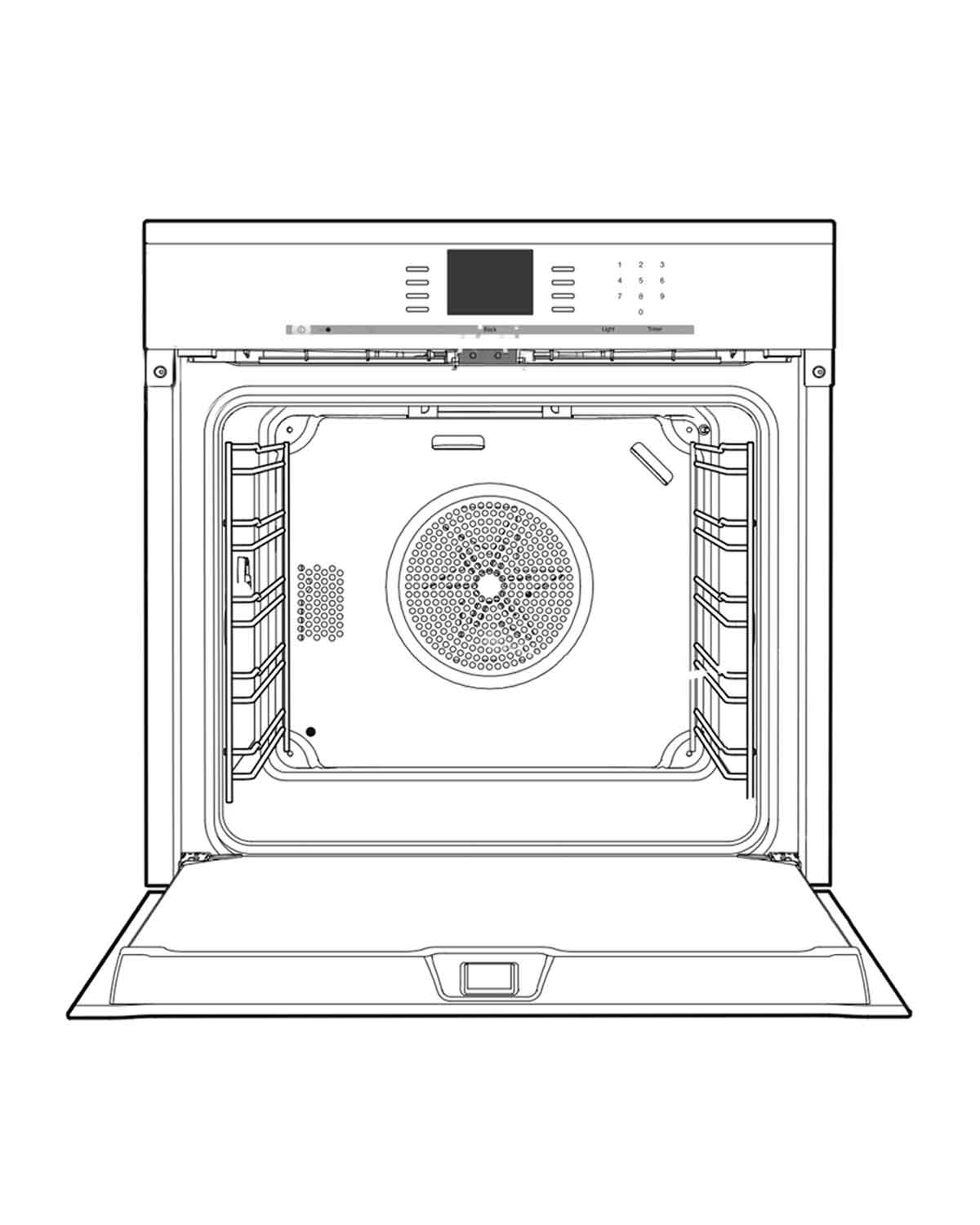
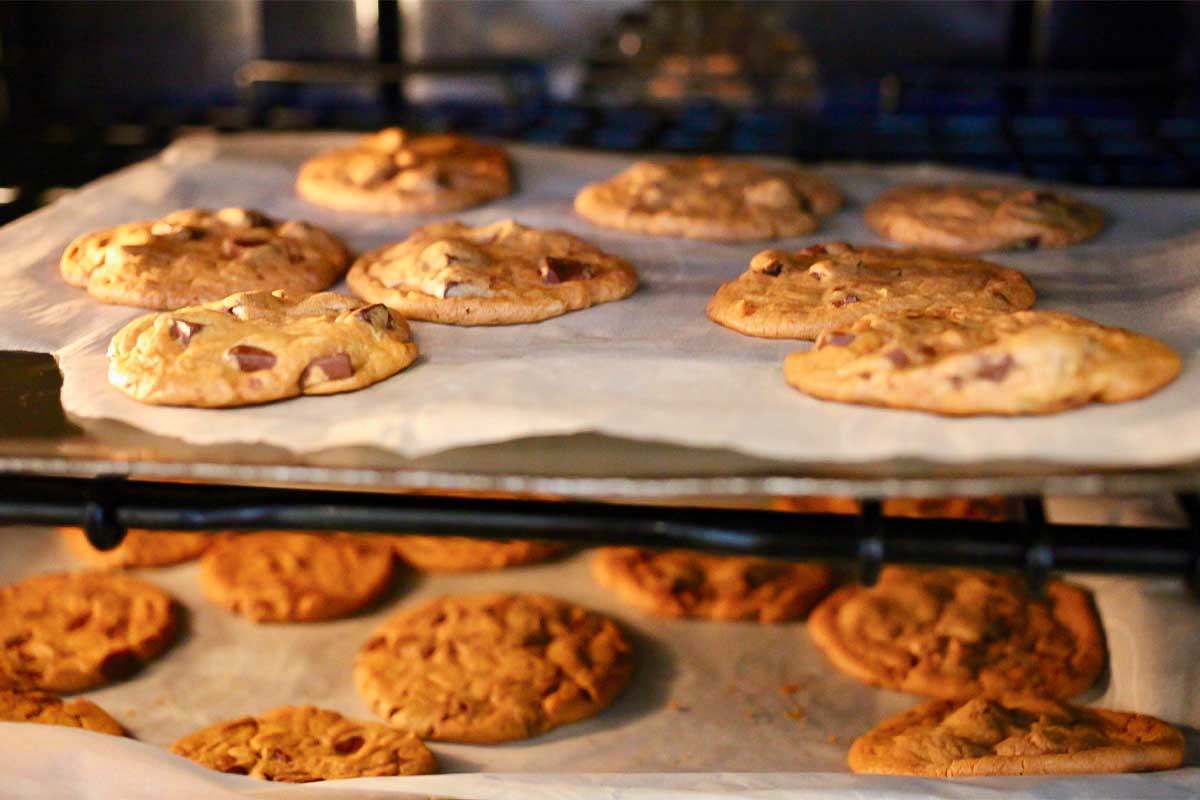
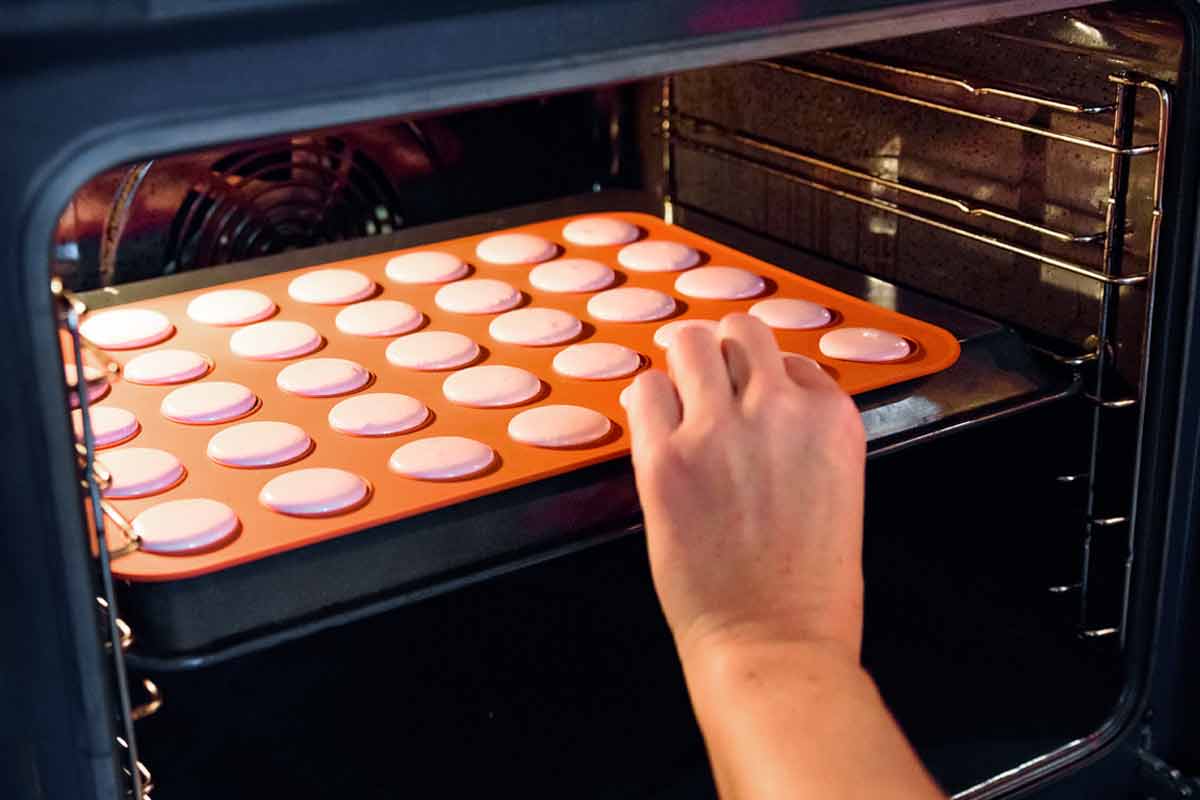

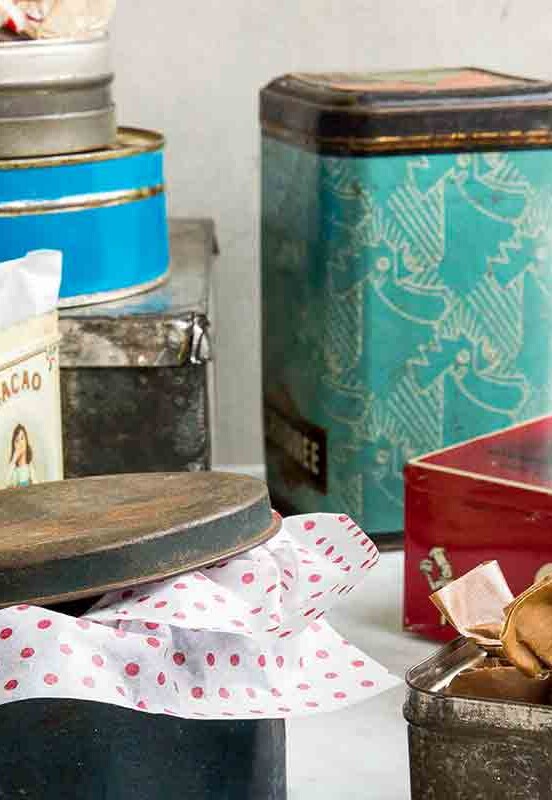
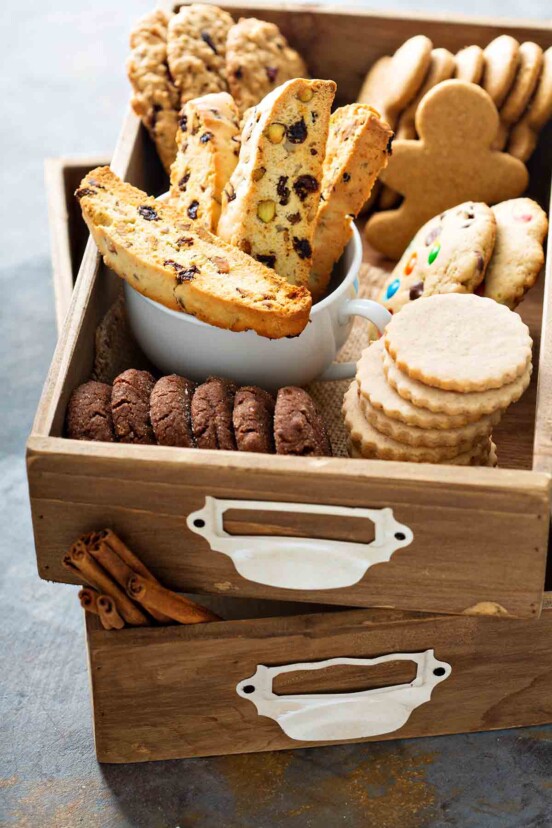









I found this article very interesting. We purchased a Profile oven. That has two ovens. I’ve only had this oven a little under a year and have had some difficulty in some things I’ve cooked. But now that I’ve read this article I went into the settings and found I can shut off my convection part. It didn’t come with a manuel so I just went with it. I wish I had found this article before Thanksgiving. Thank you.
Thanks, Kathy! We’re so pleased you found it useful.
Kathy,
Glad this was helpful for you! If you ever need it, most manufacturers have customer support portals on their website where they will let you download digital copies any owner’s manual. Who knows, your oven may have even more cool tricks up its sleeve! Since you have Profile series oven, here’s where to go for all GE products, and they’ll tell you where to find the model number as well.
Thank you, this is very helpful.
My oven has 2 fans, side be side, which work one at a time, alternating every 5 minutes or so. It’s only 36″ wide so I’ve never really understood what the point was.
Any thoughts on this?
I’m not completely sure, Rainey. I suspect the idea is to ensure even cooking, temperature, and airflow across the food. I agree that in that size of oven, the effect would be minimal, but if you had a very long cooking time or a much larger oven, I could see how this would be effective.
Rainey,
Dual Convection (two fans) was pioneered by Wolf about 10 years ago and a select handful of manufacturers have adopted it in their ovens. Wolf replaced the standard bottom heating element (typical in conventional ovens) with a double heating element/fan system in the back of the oven. The Wolf models draw in air through the back wall, pass that over the heating elements, and dispel them out the back wall on the left and right sides.
This dual fan system is supposed to generate even more consistent heat since, instead of blowing straight through the center of the oven, it diffuses across the entire oven more consistently. As the heat cycles on and off to maintain temperature, I believe the fans go on and off as well. You might consult your oven manual, or contact the manufacturer’s support line, to see exactly why the two fans behave the way they do in your model, since they could have a slightly different function from a different brand.